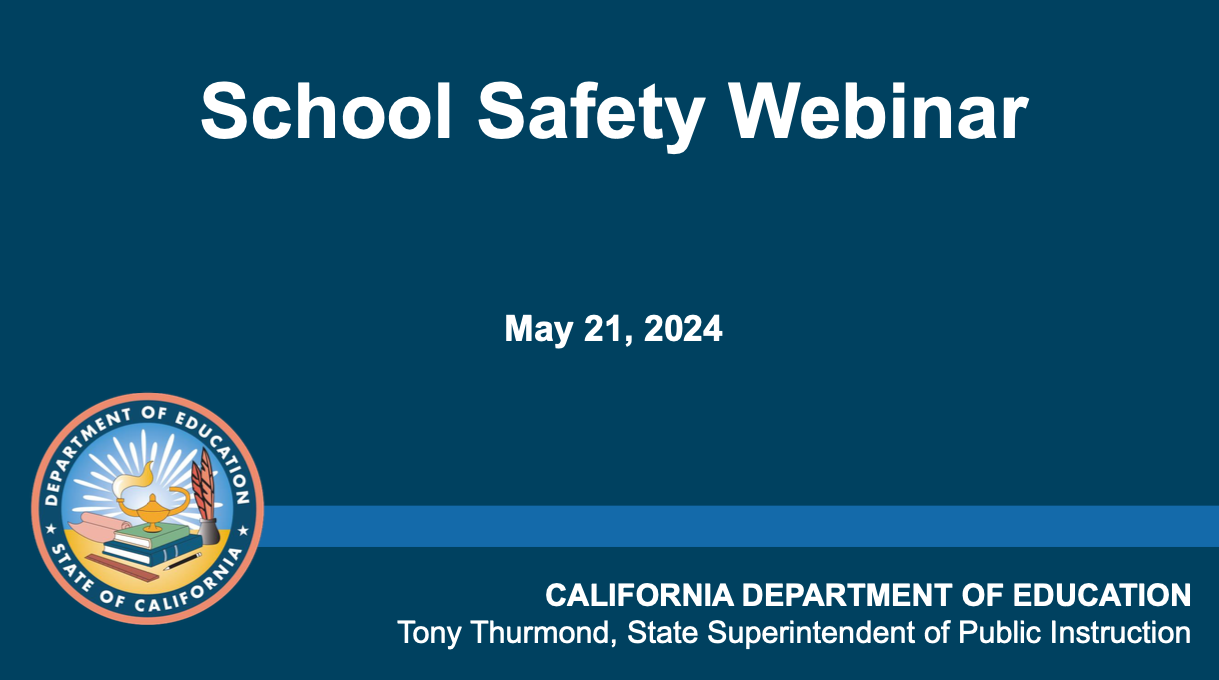By Jeff Pelzel, Education Strategy Director with PowerSchool
California educators have faced a significant challenge on the journey to academic growth: the persistent teacher shortage.
Just as things seemed to be looking up after a seven-year increase, there was a 16% dip in newly issued teaching credentials, according to an annual report to the state legislature compiled by the California Commission on Teacher Credentialing. That’s 3,000 fewer teachers joining the ranks. Elementary schools feel it the hardest, with new multiple-subject credentials dropping by 25%.
Job fairs that previously attracted many eager educators are currently experiencing a notable decrease in attendance. This shift has left administrators facing considerable challenges as they strive to fill open positions with appropriately qualified teachers. This trend has significant implications for student learning and academic achievement.
To address the shortage, policymakers and educators will need to work together to develop strategies to attract and retain high-quality teachers, particularly in high-need subjects and regions. These strategies may include:
- Increasing teacher pay
- Improving working conditions
- Providing additional support and professional development opportunities
While several of these strategies are directly related to the funding school districts receive in California, there are some steps districts can take to attract and retain staff.

Attracting New Teachers
Let’s explore how a district can attract new teachers to join its professional learning community.
All too often, there is an assumption that salary is the sole factor as to why a new teacher will choose one district over another, when in fact, there are several other strategies that school districts in California can implement to help attract new teachers.
1. University Partnerships and Teacher Preparation Programs
Partnering with universities and teacher preparation programs can help districts attract candidates who are already committed to the profession and shape the preparation of future teachers.
2. Targeted Recruitment Strategies
Developing targeted recruitment strategies, such as reaching out to underrepresented groups or recruiting in areas with a high teacher preparation enrollment, can help districts attract a more diverse pool of candidates.
3. Modern, User-Friendly Hiring and Onboarding Processes
Ensure your hiring and onboarding process has a 21st-century look and is easy for the candidates to complete.
4. Support for New Teachers through Quality Induction Programs
Providing support and mentorship for new teachers through a high-quality induction program where the district covers the cost can help them succeed in their first classroom years and increase retention rates.
Choosing the right mentor is critical. Data from teacher observation and evaluation can provide the strengths potential mentors have to match the mentees’ needs. For example, suppose a principal sees a new teacher struggling with student engagement. In that case, the principal can easily find a mentor teacher with high ratings in student engagement components, as indicated in the analysis of teacher supervision data.
5. Professional Development Opportunities for Continued Growth
Providing opportunities for teachers to continue their professional development can help them stay current on the latest research and teaching practices and can increase job satisfaction. When leveraging professional learning to help support teachers in their daily work or for new understanding, consider moving beyond one-size-fits-all professional development models and think about a tailored approach.
6. Working Conditions for a Collaborative, Respectful Environment
Providing adequate resources and support staff can make teaching a more attractive profession. The school/working environment must be collaborative and professional, promoting mutual respect among all stakeholders.

Retaining Excellent Teachers
The Learning Policy Institute found that the overall teacher turnover rate in the U.S. was 7.7% during the 2018-19 school year, and that rate was higher for teachers in high-poverty schools, with a turnover rate of 9.4%.
As a former superintendent in Southern California, I know my human resources department worked on overdrive during the pandemic, as we saw many teachers choosing to retire or leave California for various reasons.
According to a recent survey of more than 4,600 California educators published by UCLA Center for the Transformation of Schools and California Teachers Association, four in 10 teachers surveyed say they have considered leaving the profession, and one in five say they will probably or definitely leave the profession within the next three years.
Retaining the teachers we have in California is a priority for all school districts. Aside from providing the most competitive compensation opportunities and many of the same strategies called out for new teachers, districts should also ensure the following actions are in place.
1. A Culture of Coaching and Collaboration
Shifting the teacher evaluation process to a coaching and mentoring process where teachers feel engaged in a process done with them rather than to them will support a sense of self-reflection and ownership.
2. Teacher Leadership and Participation
Providing opportunities for teachers to take on leadership roles can help them feel valued and increase their sense of ownership in their schools.
3. Career Advancement Opportunities Within the District
Providing opportunities for a teacher to advance their careers within the district, such as through leadership roles or specialized positions, can help retain high-quality teachers who may be considering leaving the profession for career advancement.
4. Robust School-Community Relationships for Shared Success
Building strong relationships with families and community members can help create a sense of shared responsibility for student success and increase teacher job satisfaction. Keeping employees engaged in the district or school is vital to retention.
All the research shows that high-quality teaching has the most significant impact on student learning. As we look into the future, we are facing a crisis and need to remove many obstacles and challenges within school districts. PowerSchool Talent solutions can utilize technology to revolutionize your HR operations from hiring to retirement.
PowerSchool Talent solutions can utilize technology to revolutionize your HR operations from hiring to retirement. Watch an on-demand demo or request a live walkthrough for your team of any of PowerSchool’s solutions.





























